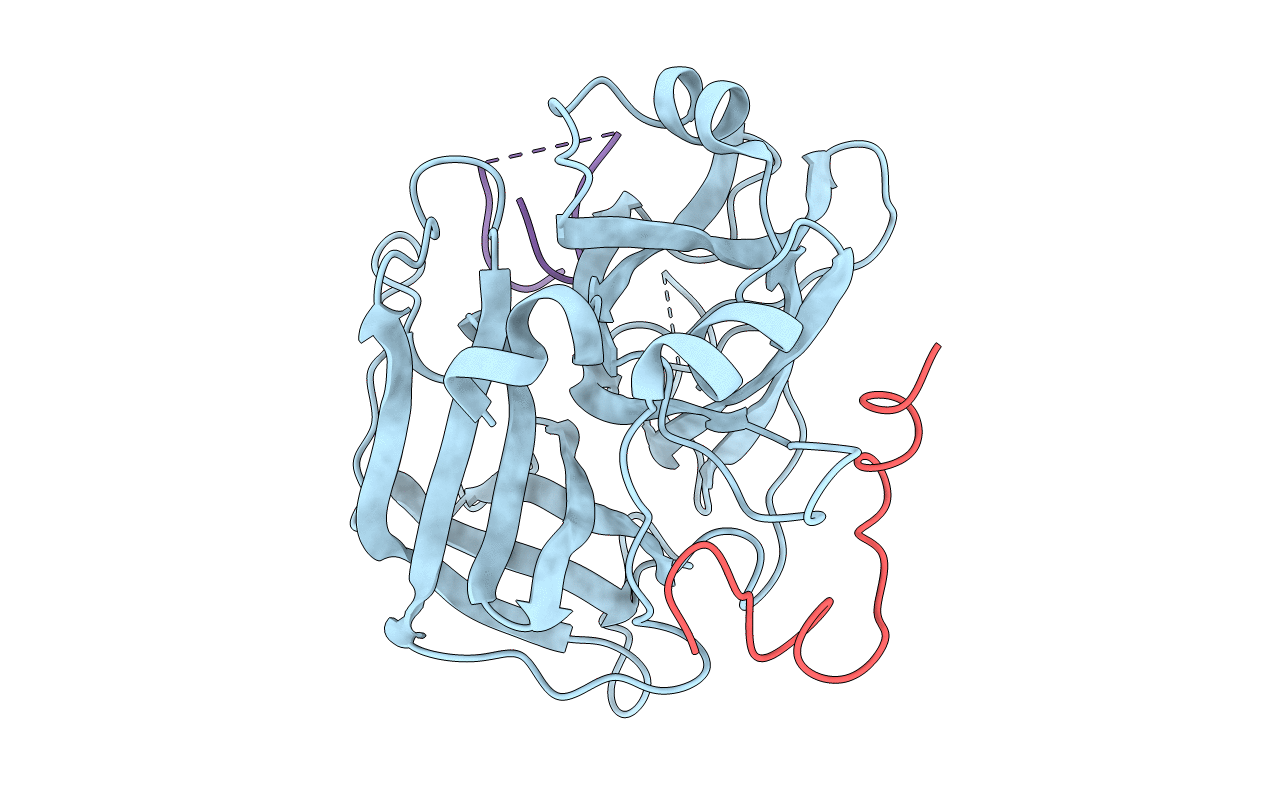
Deposition Date
1994-01-18
Release Date
1994-05-31
Last Version Date
2024-10-16
Entry Detail
PDB ID:
1NRQ
Keywords:
Title:
CRYSTALLOGRAPHIC STRUCTURES OF THROMBIN COMPLEXED WITH THROMBIN RECEPTOR PEPTIDES: EXISTENCE OF EXPECTED AND NOVEL BINDING MODES
Biological Source:
Source Organism:
Homo sapiens (Taxon ID: 9606)
Method Details:
Experimental Method:
Resolution:
3.50 Å
R-Value Work:
0.21
R-Value Observed:
0.21
Space Group:
C 1 2 1


